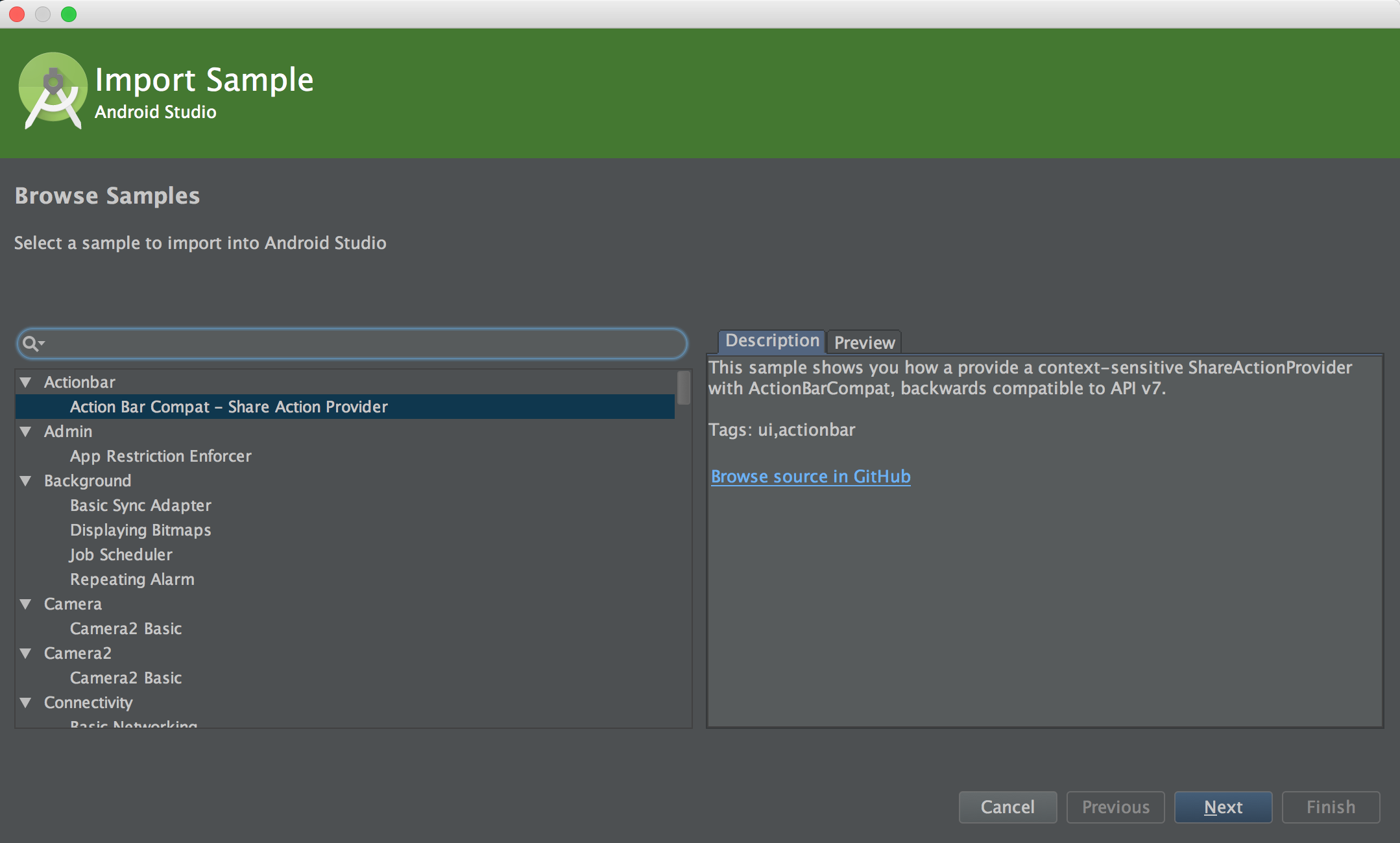Martian Run! Open-Source Game with LibGDX
• •
A few months ago I wrote a tutorial for a 2D video game with libGDX, using box2d and scene2d. Many of the things I explained in the tutorial have changed a bit to improve performance and make the final game more of a complete product since one of my goals since day 1 of that project was to publish it in Google Play. So far I’ve received mostly positive feedback for the tutorial (thanks!). However, there were a few things I did not cover in the tutorial that I’m sure people would be interested in: I did not explain how to add the menu layer to the game nor how to integrate the game with Google Play Game Services or AdMob, both which were included in the final version.
